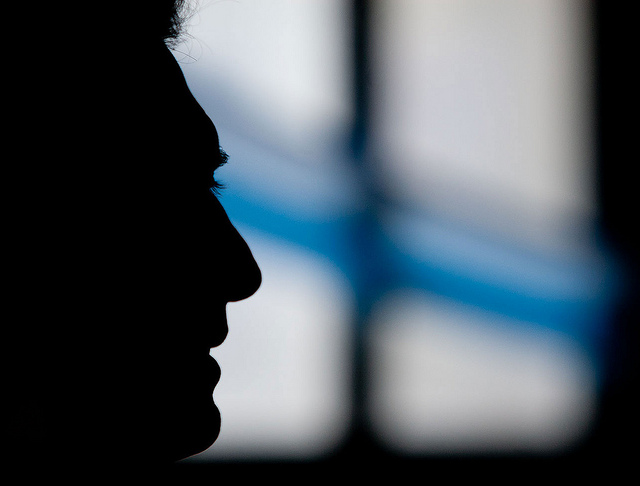After a year in the government, which he would probably prefer to forget, the president of Argentina, Mauricio Macri, looks with concern into the upcoming election. We are referring to the elections to partially renew the Parliament. He knows very well, and his government colleagues, his advisors, and party leaders remind him every time the opportunity presents itself, that victory is not an option but a necessity. The Argentine political system may be very presidentialist, hyper presidentialist, as some analysts like to define it; but, as for any other head of state, governing without being able to control Parliament would be very difficult: a real ordeal.
Despite the economic crisis, Macri still enjoys great popularity: more than 50 percent, according to some pollsters, not less than 45 percent, according to others. Be that as it may, after the long Kirchner-parenthesis, an important sector of the population still believes in the change Macri preaches; and there are even more who consider a change of direction to be indispensable. If Macri fails to convince the population that his government is actually capable of promoting the transformation of the state, and reversing the crisis stemming from populism and demagogy, and from the corruption deriving therefrom, the desire for change, however, will soon be transformed into disappointment, which will turn into frustration, which will finally turn into anger.
After a year in office, Macri cannot boast of an economic balance as favorable as he would have wanted. In 2016, the country experienced a contraction of 2.3 percent and, more importantly, he failed to reduce inflation. He is far from lowering it to about 25 percent, as he had promised; having been able, only, of placing it at 41 percent. It is necessary to go back to the year 2002 to find a similar level of inflation; but it must be remembered that at that time a devaluation of 300 per cent had taken place; and, to see an inflation rate of more than 80 percent, we must go even further back in time: to be precise, to 1999. In order to curb the deterioration of the purchasing power of the Argentineans, this year the government opted for the dollarization of the economy. Undoubtedly, the objective was achieved: the inflationary spiral was stopped; but we all know how the experiment ended.
In the eyes of the International Monetary Fund, which is usually conservative in its projections, the Argentine economy should grow by 2.2 percent this year and by 2.3 percent next year. It is a projection similar to that of BBVA’s analysts, who are somewhat more optimistic, and believe that the economy could grow by 2.8 percent in 2017 and by 3.5 percent the following year. Inflation, meanwhile, would be between 18 and 22 percent: undoubtedly, very good news for the Macri government. This, however, may not be enough to feel secure, in particular, taking into account that the level of inflation in other countries is of only one digit, such as Mexico, whose consumer price index is estimated at less than 4 percent.
In Argentina, inflation hits workers with different intensities: it depends, finally, on the strength of the guild to which one belongs. For example, in the case of truckers, oil workers, metallurgists, and teachers, whose unions can show muscle, salaries typically rise above 35 percent. This is not the case, however, for those working within the informal economy: they suffer from the daily deterioration of purchasing power.
October is the key appointment for the Macri government; and, in the opinion of some experts, he has not one, but three aces up his sleeve, to triumph in the test. The first ace is, without a doubt, its popularity, which still remains relatively high and stable. This allows him to adopt difficult measures; but he will have to do so now, when, after 13 years of Kirchnerismo, the desire for change is still very strong. The second ace is the money that the government has to its credit. It seems as sufficient to maintain, not only the social shock absorbers created by the Kirchners, but also to undertake infrastructure works of scale, which allow for the expansion of the economy in the short and in the medium term, stimulating private activity, and increasing employment. Government sources say there will be time to seriously tackle deficit reduction. Finally, the last ace is the weakness of Peronismo, which has not yet found Cristina Fernandez’s successor, should she decide not to return to the political arena. If she does, however, and loses, which is likely at this time, it would mean her political death. The internal struggle in Peronismo will be decided in the province of Buenos Aires, which represents 40 percent of the electorate.
The war between different currents within Peronismo creates confusion in the electorate; in particular, in the undecided electorate. And Macri hopes to take advantage of this particular juncture. Nevertheless, he must draw up a clear strategy that be not only for the short-term (i.e., parliamentary elections), but also for the medium and long terms, if he wants to face re-election with possibilities certain of success. That is why he has to take advantage now, when he still enjoys credibility and popularity, to apply painful measures, and thus reach the end of his term with an economy in rapid recovery, with controlled inflation, and with an acceptable level of unemployment; Objectives, these, that are difficult but not impossible to achieve.
Photo Credits: Mauricio Macri


